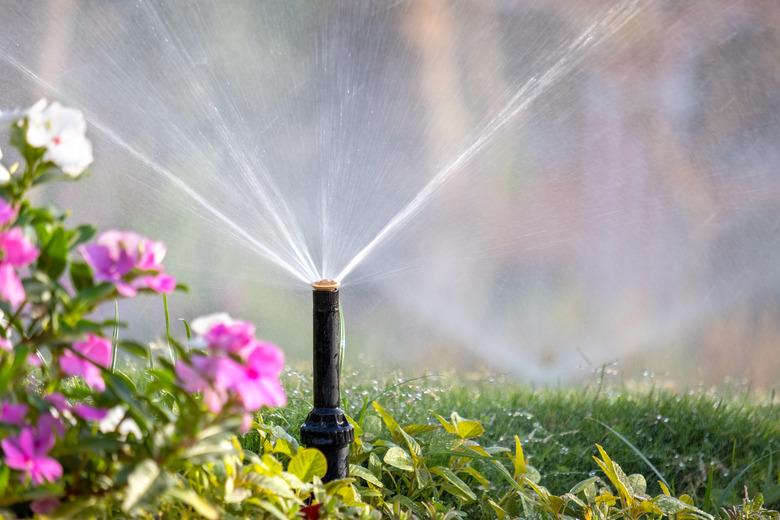At What Temperature Should You Winterize A Sprinkler System?
To make sure your irrigation system doesn't freeze over the winter months, it's best to winterize it before the first hard freeze of the winter season. Temperaturewise, this means turning off the system before the temperatures in your area fall to 28 degrees Fahrenheit. If you live in the South or in another area where temperatures never drop this low, you don't have to winterize your system.
Why Winterize Your Sprinkler System?
Winterizing your irrigation system is crucial to avoid damaging it. Water expands when it freezes, putting pressure on the pipes and other parts of your irrigation system. When the pressure becomes too much, your pipes can crack and start to leak. It can also lead to cracked and damaged sprinkler heads, causing them to fail.
It can be quite expensive to replace broken system parts and pipes, especially when those pipes run underground. In addition to functioning poorly or not at all, a damaged sprinkler system can cause damage to your home. Depending on where your system leaks, it may cause water to pool around the foundation of your home, where it can cause significant damage. System leaks in the winter may also cause ice to form on your driveway or walkways.
How to Winterize Your Sprinkler System
Fortunately, winterizing your irrigation system is easy to do unless you need a full-fledged blowout. Start by turning off the main water supply for your system. This is likely in your basement or garage but could be located outside.
After turning off the water, turn your irrigation system on and allow it to run for a few minutes. This alleviates any pressure in the lines. If you have a high-quality system, the system should automatically drain itself when the pressure drops to 10 psi.
Some systems contain a manual drain that you need to open yourself. After turning off the water supply, open any manual valves in your system. You'll find these at the end of irrigation lines, and they usually sit at the bottom of downhill slopes when possible. Each irrigation zone might have its own manual drain.
After you drain the lines, turn off the system at the control box. If your system doesn't have an "off" setting, look for one labeled "rain mode" and use that instead. You can also completely cut the electrical power to the controller. If your system uses a boost pump, you need to turn that off too.
Blowing Out the Sprinkler Lines
If your system requires it or if you want to get every last drop of water out of your lines, you'll need to blow out your pipes. This process involves hooking up the irrigation system to an air compressor and using it to blow the water out of the lines. If you go this route, it's best to hire a professional to do the job for you, as there are safety risks inherent in the blowout process.
You could also damage your irrigation system. It's possible for an air compressor to shoot so much air through the pipes that your sprinkler heads spin rapidly enough to melt. Pipe strength is important as well. You should never use pressure above 80 psi for PVC pipes or 50 psi for polyethylene pipes.
